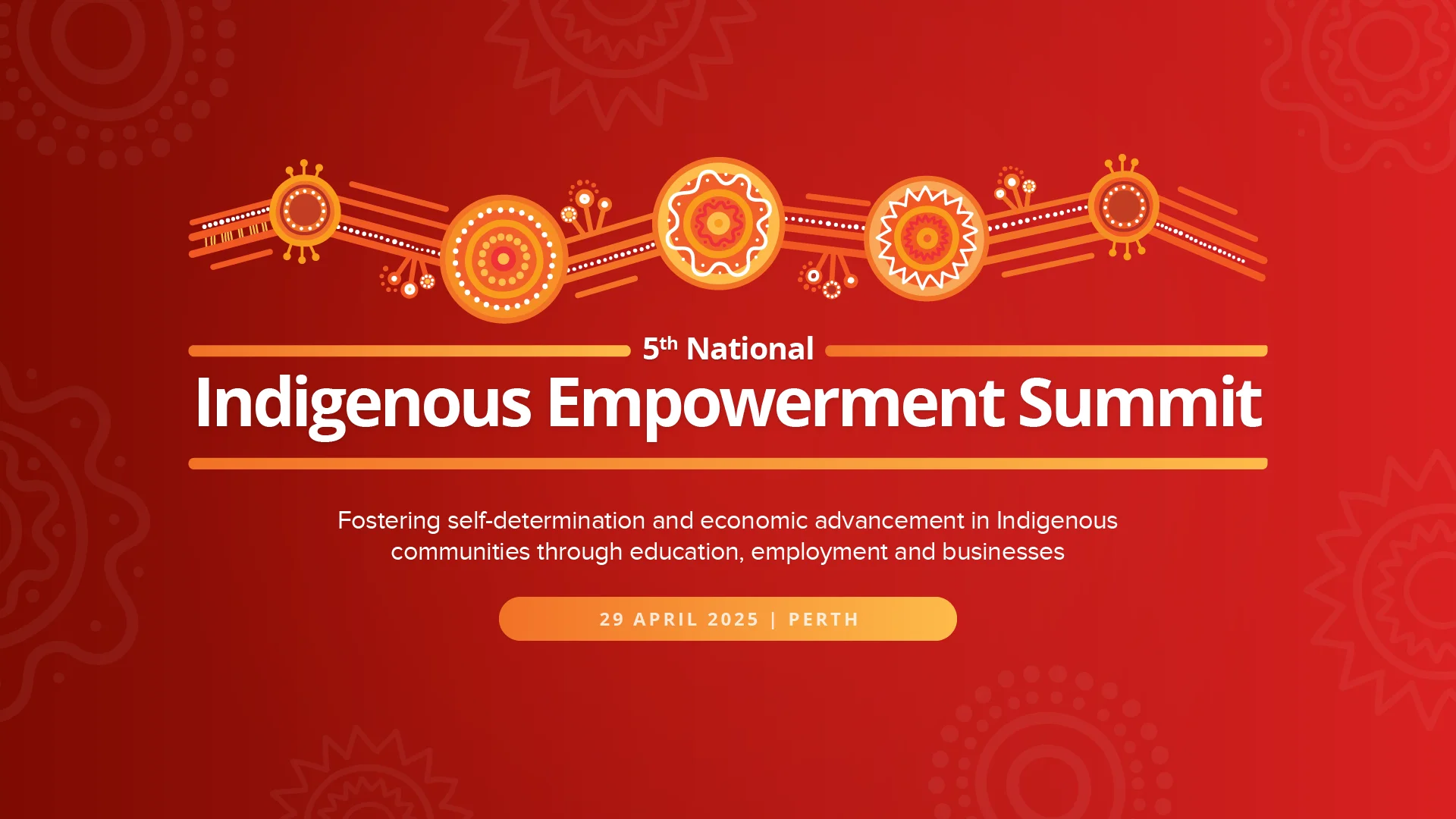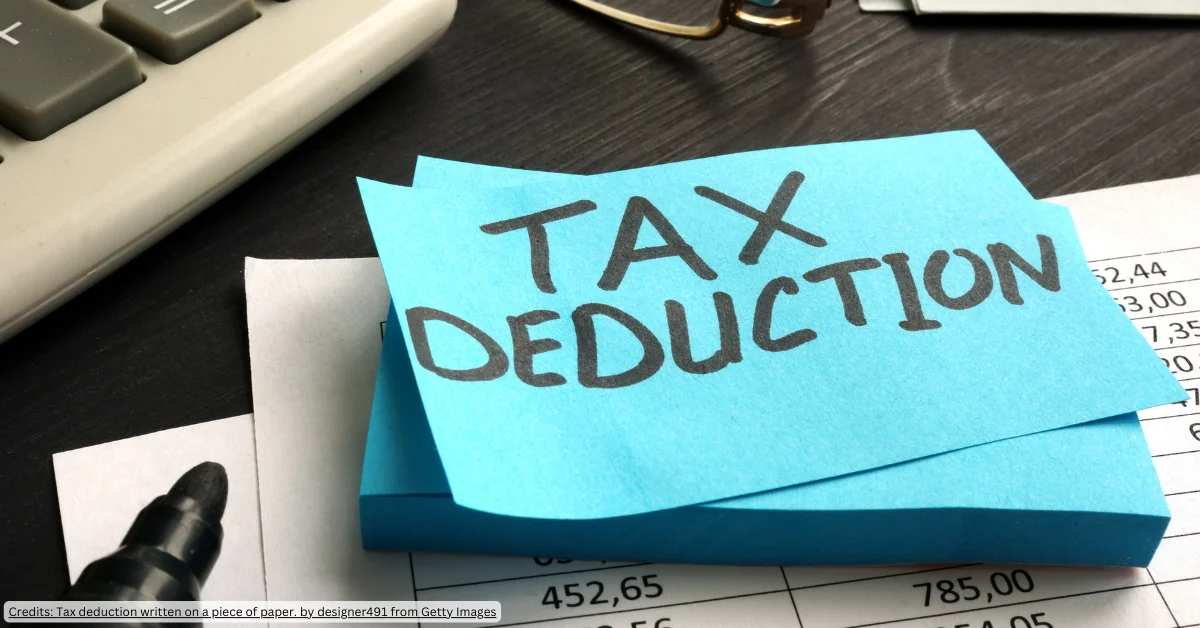Welcome to Happenings on the Hill – Happenings on the Hill is a fortnightly column specifically for the Third Sector by government engagement expert Neil Pharaoh, Director & Co-Founder of Tanck.
Over the past few months, I have had a flurry of enquiries and questions from clients and colleagues about how I get money from the government, how do I get better at securing grants and everything in between. This article dives into some hints and tips, and also some honest truths for not-for-profit and civil society organisations in their pursuit of government funding.
Firstly, there are intricacies in securing government engagement and funding opportunities.
The most successful organisations have invested time and effort into building relationships across all five key political stakeholder groups. This time spent researching, shaping, and building relations becomes a critical element of success in securing funding.
Have you mapped the decision-making process around a grant is a good first start, but even better is to wind back further and look at why and how government unannounced a funding pool or grant round and think about what objectives or intentions they had in doing so. A number of things you may wish to think about include:
- Key contacts
- Crafting your message
- Meetings and more meetings
- Engage in dialogue.
- Follow up
Key Contacts: Research and identify all government stakeholders relevant to your cause or project. This could include local, state, or federal representatives, as well as specific departments or committees. But it extends into political parties, central agencies, as well as all of the offices in between. Typically for any government funding decision around one hundred people will have the brief or project potentially go past their desk – can you name and map them?
Craft Your Message: Develop a clear and concise message that outlines your objectives, the impact of your work, and the support or resources you need. Tailor your message to resonate with the priorities and interests of the person you are approaching.
Schedule Meetings: Reach out to proactively to have discussions, better still make them ongoing and with intent. If you only reach out when you want something you will be less successful. Be persistent but respectful and be prepared to provide background information and materials in advance.
Engage in Dialogue: During the meeting, engage in a constructive dialogue. Listen to their perspectives, address any concerns they may have, and be prepared to answer questions about your organisation or project. You have two ears, so you need to spend double the time listening as you do talk.
Follow Up: After the meeting, send a thank-you note, and any additional information requested. Maintain regular communication to keep them informed about your progress and to continue building the relationship.
Securing Grants and Funding Grants and funding opportunities are essential for many organisations to sustain their operations and implement projects.
If you have passed through the above “initial activities” you now need to think seriously about the grant process itself, some steps to increase your chances of securing grants and funding include
Research Funding Sources Properly: Consider factors such as eligibility criteria, funding priorities, and application deadlines. Get someone outside your work “bubble” to read the source information and articulate it to you – they will undoubtedly focus on things you may forgot by their reading of the requirements.
Develop a Strong Proposal: Craft a compelling proposal that clearly articulates your project’s objectives, methodology, expected outcomes, and budget. Tailor your proposal to meet the specific requirements of each funding source. It seems common sense, but do not use huge words, or grand expressions, be assertive but not authoritarian or desperate.
Engage with Funders: Reach out to funders well in advance to introduce your organisation and project, seek feedback on your proposal, and establish a relationship. Attend information sessions or webinars hosted by funders to learn more about their priorities and expectations.
Follow all instructions provided by the funder, and provide any additional documentation or information requested.
Be Prepared for Review: Be prepared for your proposal to undergo a thorough review process. Address any feedback or questions from the funder promptly and professionally. Likewise use every engagement to think beyond the current grant round and into future opportunities.
Maintain Transparency: If you receive funding, maintain transparency and accountability by providing regular updates on your progress and outcomes. Be prepared to report on how the funds were used and the impact achieved.
Navigating government relations and securing funding can be complex, but with the right approach and preparation, it is possible to build meaningful relationships and access the resources you need. Remember to be persistent, adaptable, and respectful in your interactions with government officials and funders. By effectively engaging with stakeholders and presenting compelling proposals, you can increase your chances of success.
Happenings on the Hill is a fortnightly column focusing on all things politics, policy, campaigns, and advocacy. Focusing on both Federal and State & Territory politics, stay tuned for updates around political trends and elections, lobbying and advocacy news, and hints, tips and ideas on government engagement that are specifically written for the social purpose and for-purpose sector.












